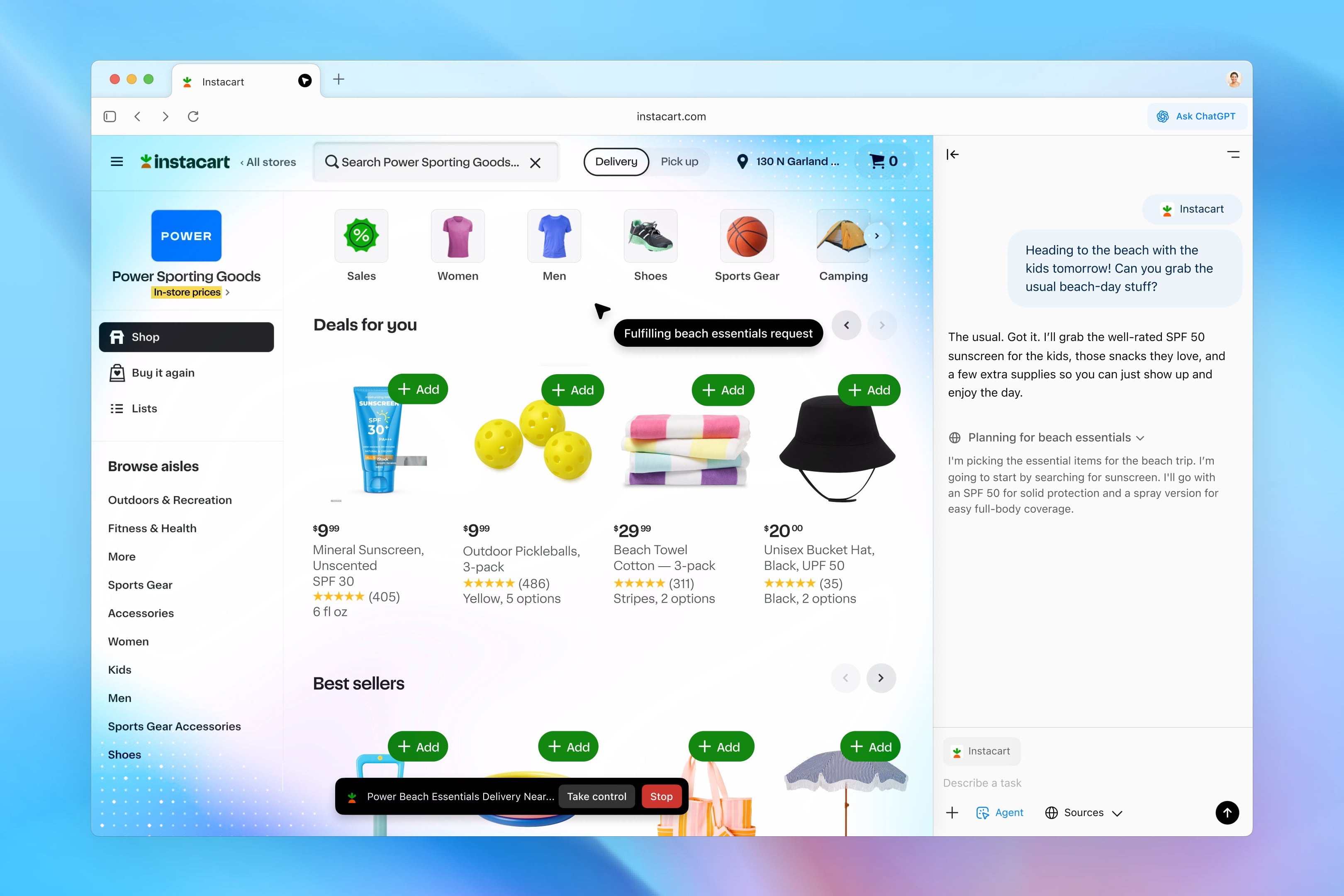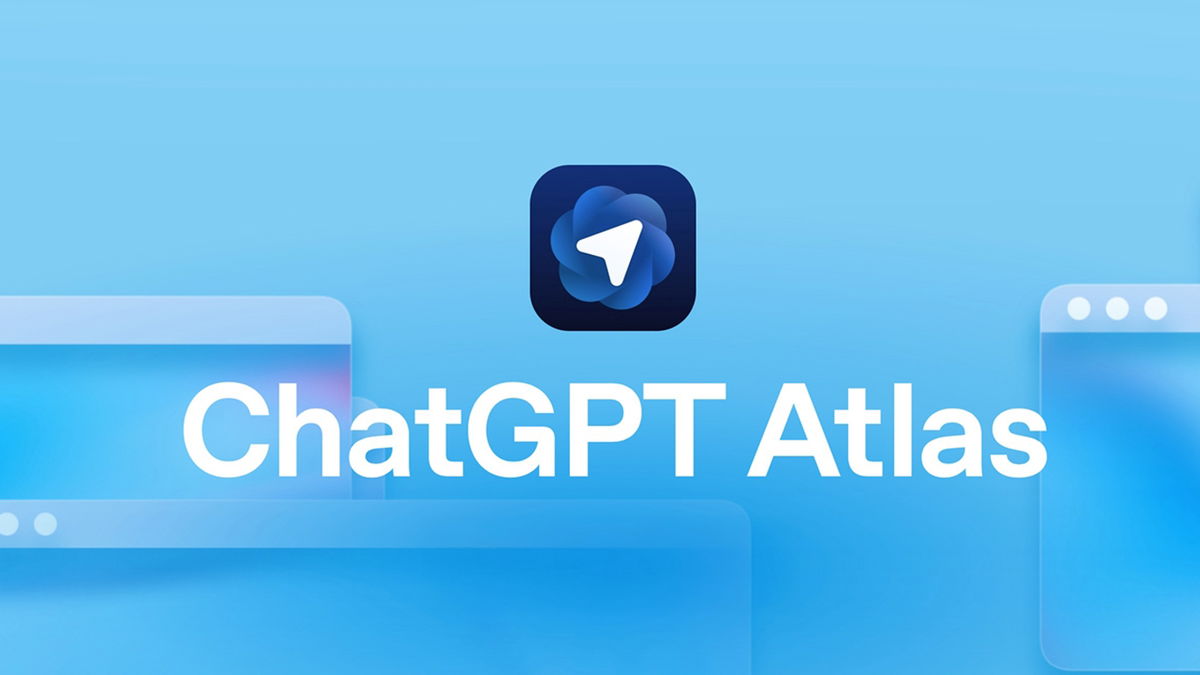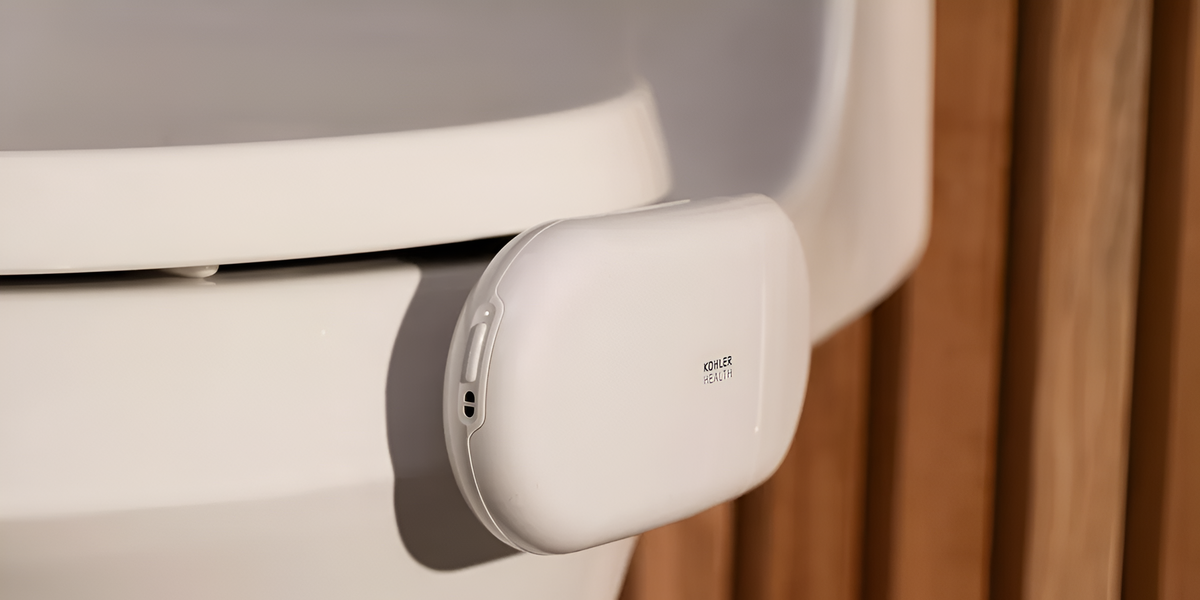Water, one of nature’s simplest resources, becomes complex when it comes to understanding the extreme complexity of hydrogen bonding between its molecules. These bonds, resulting from the hydrogen/oxygen interaction that is still not fully understood by scientists, involve quantum phenomena that can only be understood through theoretical simulations.
The biggest difficulty is that the lifespan of these H bonds in liquid water, which are formed and broken in a millionth of a millionth of a second, is very short. Moreover, the dynamic behavior inherent in the motion of water molecules makes it difficult to study these interconnections in detail.
In a recent study published in the journal Science, researchers from the Swiss Federal Institute of Technology Lausanne (EPFL) published a new method called correlative vibration spectroscopy (CVS). Qmay finally reveal mysterious electronic and nuclear quantum effects of H bonds in liquid water.
Understanding Hydrogen Bonds in Water with CVS
Co-author Sylvie Roke, professor at EPFL, explains in a press release: “Current spectroscopy methods measure the scattering of laser light caused by the vibrations of all the molecules in a system, so you have to guess or assume what you see is due to the molecular interaction you’re interested in.” .”
CVS, on the other hand, provides a more detailed and accurate analysis of dynamics and structure by revealing the different vibration patterns of different types of water molecules. These models show how a particular molecule moves within H bonds. Researchers can thus measure the strength of bonds by directly measuring the amount of charge shared between hydrogen and oxygen atoms.
Although we understand that charge sharing is a characteristic feature of the three-dimensional network of H-bonds, according to the study’s authors, The quantum phenomena at the heart of such networks have so far only been understood through theoretical simulations.According to research.
How does CVS work on water and other products?
To distinguish between interacting and non-interacting molecules, “scientists illuminated liquid water with femtosecond laser pulses,” the team explains in a statement. [um quatrilionésimo de segundo] in the near-infrared spectrum.” These short bursts of light in water cause visible light to be emitted in patterns that show the spatial organization and atomic displacements of molecules.
According to Mischa Flôr, first author of the paper, the use of CVS allows precise measurements that could never be made experimentally. For example, how much extra charge hydroxide ions donate to H-bond networks (8%) and how much charge protons accept (4%).
But the authors suggest that CVS can also be used to study other chemicals at the molecular scale.
Stay up to date with the latest chemical and scientific studies at TecMundo. If you liked the article, take the opportunity to share it on your social networks. Until later!
Source: Tec Mundo
I’m Blaine Morgan, an experienced journalist and writer with over 8 years of experience in the tech industry. My expertise lies in writing about technology news and trends, covering everything from cutting-edge gadgets to emerging software developments. I’ve written for several leading publications including Gadget Onus where I am an author.












